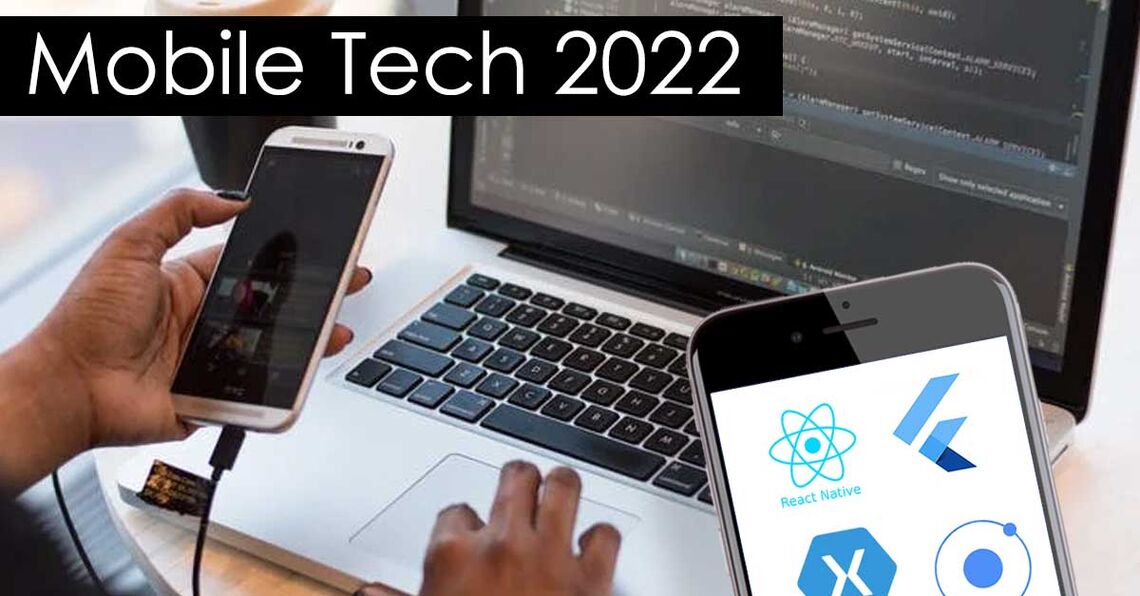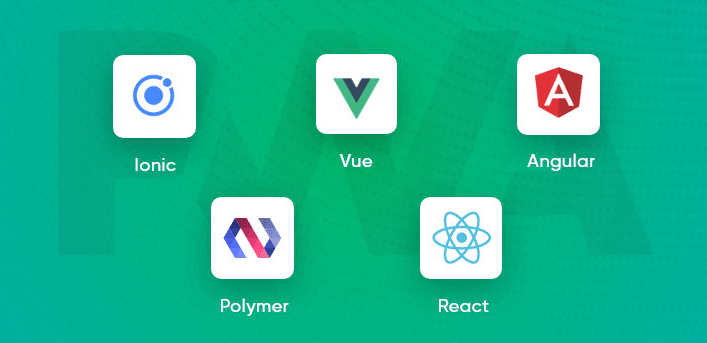Blog
What is the right mobile strategy for 2022?
There are different frameworks and technology for cross platform development. With so many options available–what's the right choice for your project?

There are different frameworks and technology for cross platform development. With so many options available–what's the right choice for your project?


May 18th, 2022
There are different frameworks and technology for cross platform development. With so many options available–what's the right choice for your project?
It's no secret that companies today need to think about mobile first. We love to whip out our phones at a moment's notice to Google answers to our most burning questions or find directions to go pretty much anywhere. Knowing that mobile devices are an inextricable part of your customers' lives, you need to provide an experience that aligns with their needs and wants.
But what is the right approach for your mobile project? There are a lot of development options including a native mobile app, Progressive Web App (PWA) or simply a responsive design. Let's review these technologies and how to best design your mobile content.
Ah, responsive web design, the old standard for mobile and desktop design. Responsive web design is about creating pages that work across all devices (mobile, desktop and tablets.) A proper responsive design will automatically adjust for different screen sizes and viewports based on the user's device. This is the most basic approach and should be the default for any modern web designer. The Sunrise Integration web development team implements a mobile-first responsive design for every project.
Creating a responsive design consists of using flex-grids, containers and layouts via CSS media queries. As the user switches devices, the website will automatically accommodate the viewport in real-time to ensure proper display. This basic approach should be applied to all pages on your website. When users visit the site on their mobile device, everything will adapt to fit within their viewport. The same site viewed on a desktop will use the same content, however, it will adjust the layout to display on a larger screen.

All that being said, a responsive design is great, but it's still just a website. It's not the same as having a customer install your mobile app on their device. So what if you want more functionality and offline capability that a mobile app can give you but aren't ready for a full-blown mobile development? You're in luck. This type of mobile development is known as a Progressive Web App.

Progressive web apps (PWA) are the next generation of web design technology. Using JavaScript, developers can make a site feel and function much like a native mobile app but operate from within a modern browser. Google first announced the introduction of progressive web applications in 2015. Developers can create the PWA without having to do any bundling or distribution (that is required for a mobile app), it will simply work with the end-user's compatible browser. This wide compatibility makes a PWA a great option for wide distribution since it is platform and OS independent.
You can do a lot with a PWA however it doesn't have all the native capabilities of a mobile application. Recent advancements in browser technology let PWAs use service workers and push APIs to enable app-like functionality that even works offline. The capabilities that separate a PWA from a traditional website is the underlying functionality. The best-known technologies to develop a PWA is AngularJS and ReactJS. Using these JavaScript libraries, a progressive web app will work in a modern browser, utilize service workers, connect to an API for content push/pull, utilize a Web App manifest JSON file, and pass rich data through the DOM layer. The main benefit of PWA design is that an app can be developed using a single codebase.
Some examples of top companies that use PWAs include Twitter, Pintrest, Uber, Tiktok, Spotify, and many more!
Cost to develop a PWA
A progressive web app is a single code-base that runs within a web browser and works across all platforms. This means it requires less development time than a native mobile app. A native app requires specific programming languages and separate versions for each type of device. In the case of a PWA, you have a single codebase that works within the browser for the different platforms.
Drawbacks of a PWA
A PWA provides a more enjoyable user experience compared to a standard responsive website, but there are some limitations. Since a PWA runs in a user's browser, the service does not have access to the same capabilities that a native app would have via the SDK. Browsers have security and functional restrictions that prevent deep integration as a native app provides. These limitations could include camera capabilities, location data, gyroscope information and more. If you're looking for a more powerful solution, a native mobile app is your best bet.

Native apps were born at the beginning of the smartphone era. A native app is built specifically for mobile OS/phones like iOS and Android. A native app is downloaded via app stores and makes use of a device’s hardware capabilities to provide the best user experience. A native app is still the preferred method for large-scale enterprise brands due to its quality, control it gives developers and superior performance.
Native development requires separate applications for each platform using their native technologies, like Objective-C, Swift, Java or Kotlin. If you want to target iOS and Android users you need to develop the same application twice, which can get expensive. Since you need to develop two separate applications with different technologies, this raises the overall development costs.
There are native hybrid solutions like React Native and Flutter that offer a viable, cross-platform alternative. React Native offers a quicker (and therefore cheaper) development time which helps propel its popularity among developers. While it can't offer everything that a pure-native development can, it is a good solution that comes with lots of benefits.

With several mobile design options at your fingertips, how do you decide on the correct technology? Ultimately it depends on budget, functionality and timeline (like always). There are inexpensive approaches that come with functionality limitations, or more expensive options that will provide everything you need. Finding the right solution is something you need to discuss with your mobile development team.
At Sunrise Integration we start every project with a comprehensive discovery session where the development and design team review your requirements. Our development experts will determine the best approach for your project. That may even yield a phased model where we start with a more simple responsive or PWA while the mobile teams works on the enterprise mobile application.
Sunrise Integration is ready for your mobile development. Contact our team and let's talk mobile.